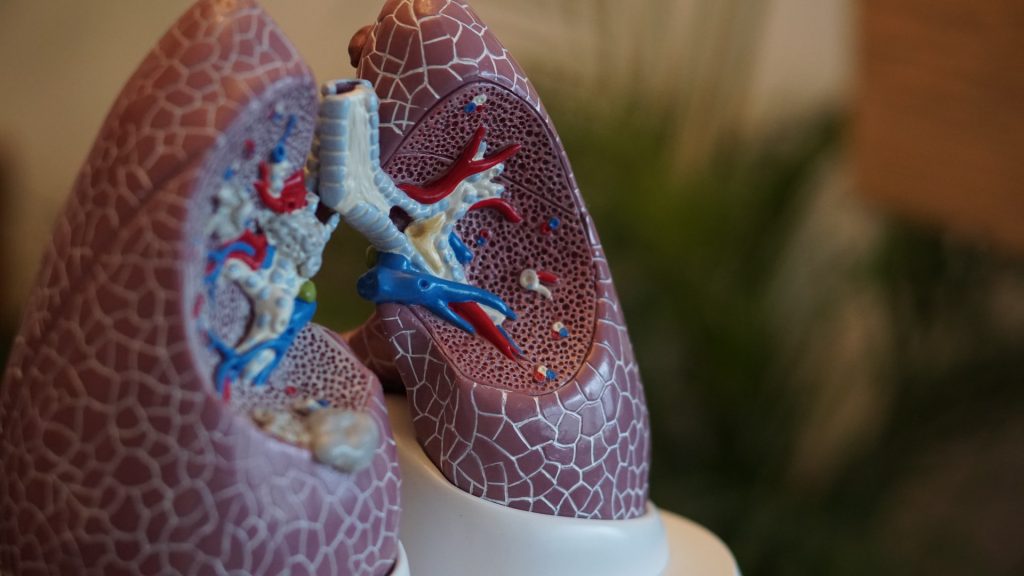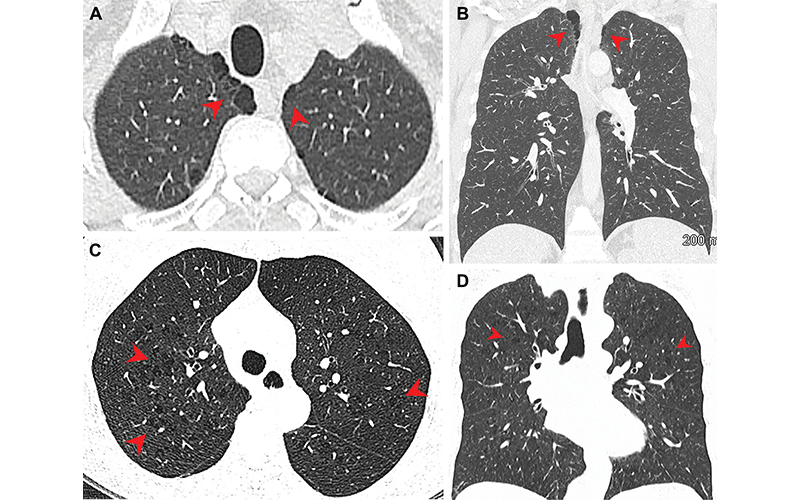Smoking Affects the Immune System Many Years after Quitting

Researchers from Institut Pasteur have discovered that the immune impacts of smoking can last for many years, leaving smokers with effects on some of their bodies’ defence mechanisms acquired while smoking. These findings, which for the first time reveal a long-term memory of the effects of smoking on immunity, are published in the journal Nature.
Individuals’ immune systems vary significantly in terms of how effectively they respond to microbial attacks. But how can this variability be explained? What factors cause these differences? “To answer this key question, we set up the Milieu Intérieur cohort comprising 1000 healthy individuals aged 20 to 70 in 2011,” explains Darragh Duffy, Head of the Translational Immunology Unit at the Institut Pasteur and last author of the study. While certain factors such as age, sex and genetics are known to have a significant impact on the immune system, the aim of this new study was to identify which other factors had the most influence.”
The scientists exposed blood samples taken from individuals in the Milieu Intérieur cohort to a wide variety of microbes and observed their immune response by measuring levels of secreted cytokines(1). Using the large quantities of data gathered for individuals in the cohort, the team then determined which of the 136 investigated variables (body mass index, smoking, number of hours’ sleep, exercise, childhood illnesses, vaccinations, living environment, etc) had the most influence on the immune responses studied. Three variables stood out: smoking, latent cytomegalovirus infection(2) and body mass index. “The influence of these three factors on certain immune responses could be equal to that of age, sex or genetics,” points out Darragh Duffy.
As regards smoking, an analysis of the data showed that the inflammatory response, which is immediately triggered by infection with a pathogen, was heightened in smokers, and moreover, the activity of certain cells involved in immune memory was impaired. In other words, this study shows that smoking disrupts not only innate immune mechanisms, but also some adaptive immune mechanisms. “A comparison of immune responses in smokers and ex-smokers revealed that the inflammatory response returned to normal levels quickly after smoking cessation, while the impact on adaptive immunity persisted for 10 to 15 years,” observes Darragh Duffy. “This is the first time it has been possible to demonstrate the long-term influence of smoking on immune responses.”
Basically, the immune system appears to have something resembling a long-term memory of the effects of smoking. But how? “When we realised that the profiles of smokers and ex-smokers were similar, we immediately suspected that epigenetic processes were at play(3),” says Violaine Saint-André, a bioinformatician in the Institut Pasteur’s Translational Immunology Unit and first author of the study. “We demonstrated that the long-term effects of smoking on immune responses were linked to differences in DNA methylation(4) – with the potential to modify the expression of genes involved in immune cell metabolism – between smokers, ex-smokers and non-smokers.” It therefore appears that smoking can induce persistent changes to the immune system through epigenetic mechanisms.
“This is a major discovery elucidating the impact of smoking on healthy individuals’ immunity and also, by comparison, on the immunity of individuals suffering from various diseases,” concludes Violaine Saint-André.
Notes:
(1) proteins secreted by a large number of immune cells to communicate among themselves and participate in immune defense.
(2) a virus in the herpes family that is often asymptomatic though dangerous to foetuses.
(3) changes in DNA that affect how genes are expressed, i.e. how they are used by cells.
(4) methylation is a type of chemical modification. Methyl groups position themselves on DNA, changing the way in which the genome is read in the cell.
Source: Institut Pasteur








